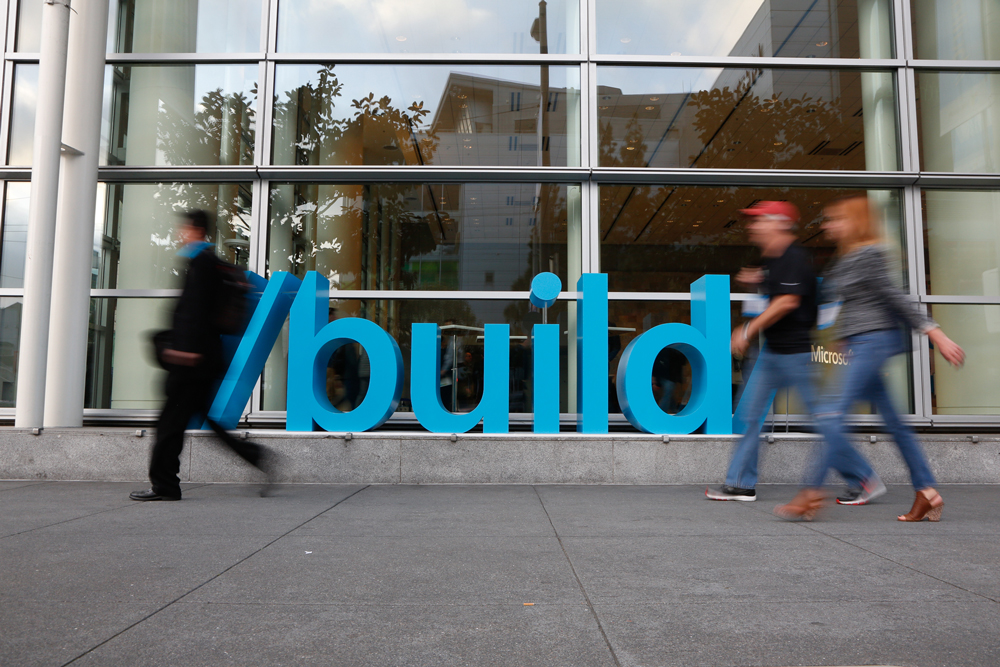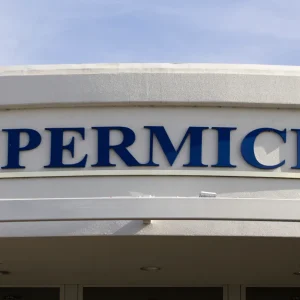
Microsoft launched a range of updates to its computing platforms at its Build 2016 event as it revealed that over 270 million active devices are running Windows 10 and customers had spent over 75 billion hours using it since launch.
The event, hosted by CEO Satya Nadella and EVP of Windows and Devices Group Terry Myerson, is aimed at facilitating innovation by developers.
Part of this involved enhancements to the existing Windows 10 Platform, but Microsoft also launched new services that developers would be able to integrate into their offerings.
Geoff Blaber, Vice President, Americas at CCS Insight, praised Windows 10’s momentum and the "commitment to openness and cross platform services".
"Windows 10 is seeing a remarkable rate of adoption with over 270 million monthly active devices," he said. "The weakness in mobile remains but Windows 10 momentum combined with the commitment to openness and cross platform services has created a very different Microsoft under Satya Nadella."
1. Cortana Intelligence Suite and Skype Bot Platform
Microsoft announced two additions to the Cortana Analytics Suite, both in preview. Microsoft Cognitive Services is a collection of intelligence APIs allowing systems to interpret human communication into commands.
The Microsoft Bot Framework can be used by developers using any development language to build intelligent bots that can interact with customers. This includes on platforms such as text message, Office 365, Skype and Slack.
Microsoft also announced the Skype Bot Platform, comprising the SDK, API and Workflows in the new Skype Bot Portal. Developers can build bots utilising Skype’s different communication forms.
"As an industry, we are on the cusp of a new frontier that pairs the power of natural human language with advanced machine intelligence. At Microsoft, we call this Conversations as a Platform, and it builds on and extends the power of the Microsoft Azure, Office 365 and Windows platforms to empower developers everywhere," said Satya Nadella.
"With conversations as a platform, Microsoft is essentially seeking to replicate the success of WeChat. This is a bold and necessary move but will require education of a western audience used to using single function apps," Geoff Blaber said.

2. Windows 10 Anniversary Update
Alongside the statistics about Windows 10 adoption and usage, Microsoft announced innovations for Windows Ink, Cortana, Windows Hello and gaming that will become available this summer.
In a clear attempt to answer the Apple Pencil, Windows Ink allows users to write on a device screen in the same way as paper. This includes creating sticky notes, drawing on a whiteboard and sharing what you’ve written.
Cortana has added new features such as proactive guidance throughout the day, as well as the ability to speak to Cortana when the device is locked.
"Cortana is becoming hugely significant to Microsoft spanning a multitude of products," said CCS Insight’s Geoff Blaber. "Consumers may still see voice as a gimmick but it stands to become a universal interface as common as keyboard and mouse within the next few years."
Windows Hello has been improved to extend the security of Windows 10 to multiple devices and to Microsoft Edge.
Microsoft also added the Windows 10 Anniversary SDK, offering APIs and tools to integrate these new Windows 10 innovations into apps. Xbox Dev mode allows the Xbox One to be used as a developer kit.
3. Microsoft HoloLens Development Edition
Microsoft also used the event to ship Microsoft HoloLens Development Edition, allowing developers to get involved with their holographic computing plans.
To emphasise the viability of the product, Microsoft highlighted customers that are using the product already, including NASA.
Microsoft’s launch of the developer edition of its augmented reality product follows the first shipping of Facebook-owned Oculus Rift in late March.
"Microsoft is establishing the eco-system for HoloLens well before any commercial launch," said Blaber. "We’re seeing an early indication of Microsoft’s vision for the future of computing but it will be down to developers to really create it."






